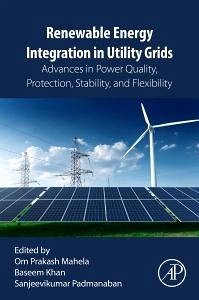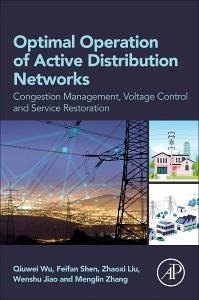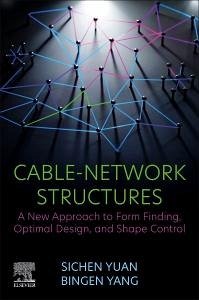
Renewable Energy Integration in Utility Grids
Advances in Power Quality, Protection, Stability, and Flexibility
Herausgeber: Mahela, Om Prakash; Khan, Baseem

PAYBACK Punkte
74 °P sammeln!
Renewable Energy Integration in Utility Grids: Advances in Power Quality, Protection, Stability, and Flexibility reviews current challenges and technologically driven solutions to mitigate the significant issues associated with increasing renewable resource penetration in utility grid networks. It provides a detailed framework to address significant challenges for high renewable energy integration into the utility grid networks, using intelligent techniques and advanced power electronics technology. Chapters address current advances in the grid integration of wind technology, solar PV systems,...
Renewable Energy Integration in Utility Grids: Advances in Power Quality, Protection, Stability, and Flexibility reviews current challenges and technologically driven solutions to mitigate the significant issues associated with increasing renewable resource penetration in utility grid networks. It provides a detailed framework to address significant challenges for high renewable energy integration into the utility grid networks, using intelligent techniques and advanced power electronics technology. Chapters address current advances in the grid integration of wind technology, solar PV systems, solar thermal plants, reactive power management, grid stability, variability, power quality, power system protection, generation-side flexibility, demand-side flexibility, smart monitoring and communication, and regulatory frameworks.













